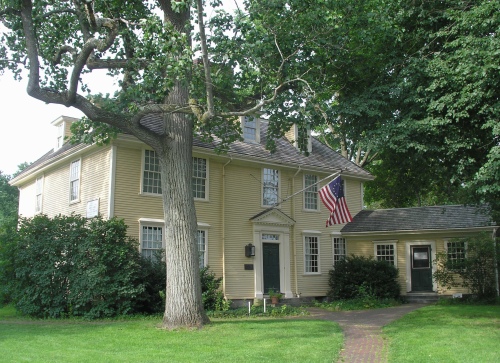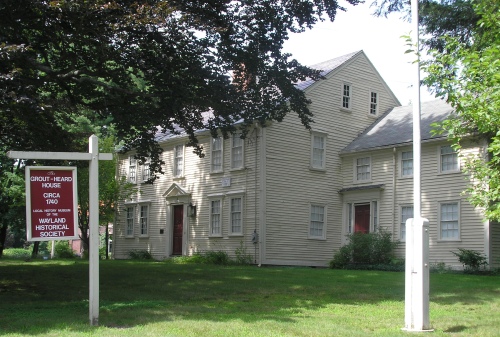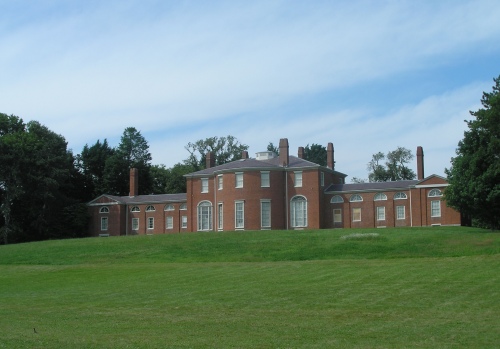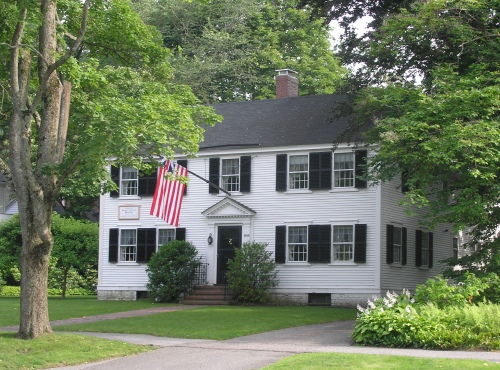First Church of Christ in Longmeadow (1768)
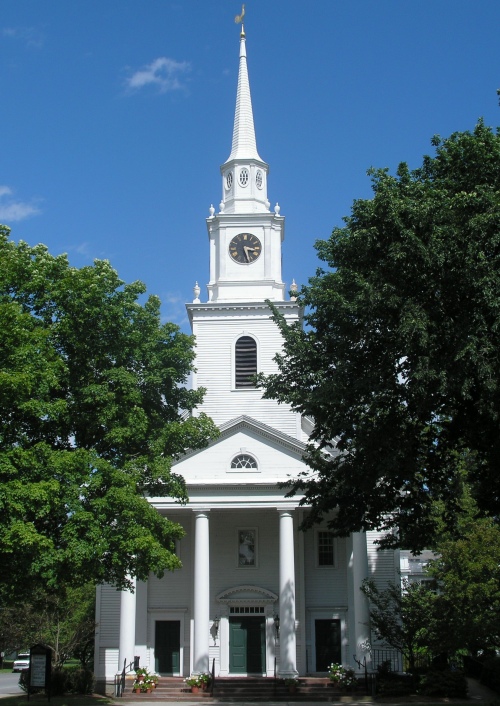
Where today there is a flagpole on Longmeadow Green, the town’s first church, built in 1716, once stood. By 1764 it was decided that, owing to the great number of repairs the building needed, a new church should be constructed. It was built on the Green in 1767-1768 and in 1769, the old meeting house was torn down. The new church was remodeled in 1828 and in 1874 it went through even more drastic changes, being moved from the Green to its present site and again being remodeled. The First Church of Christ‘s white pillared front portico was added in 1932, modeled on Boston’s Arlington Street Church.
